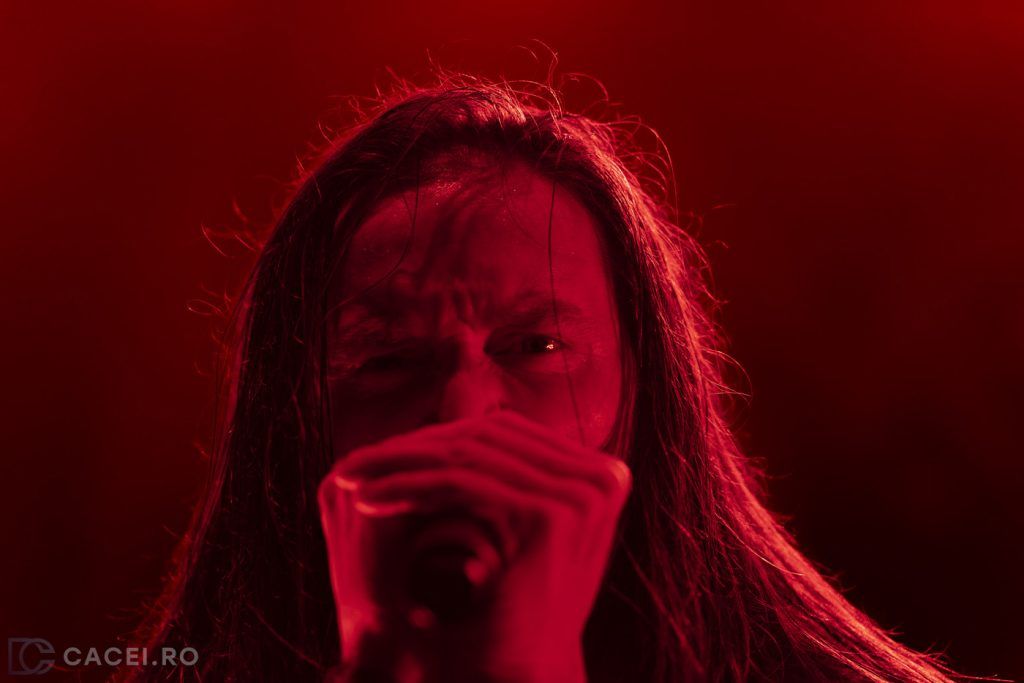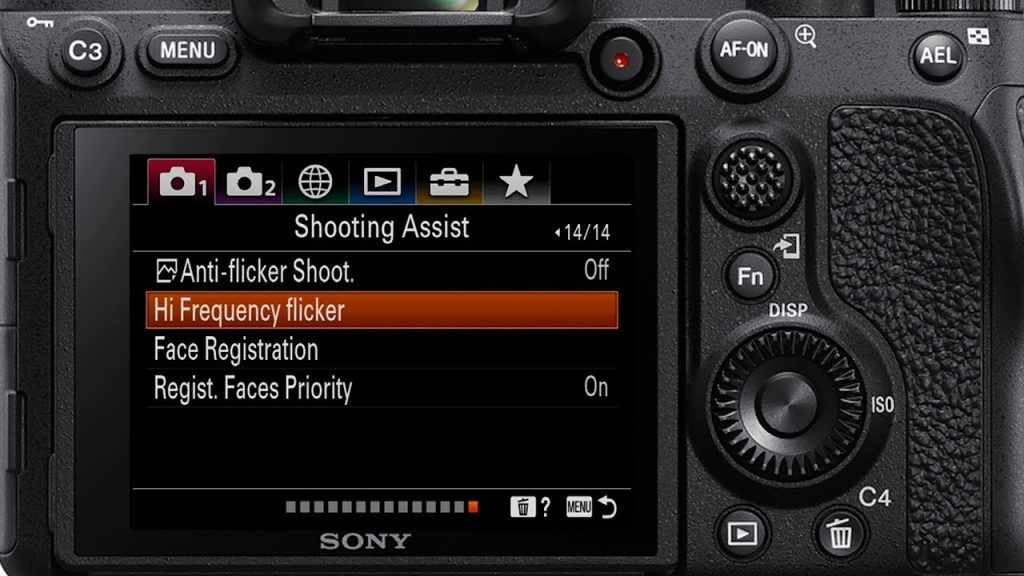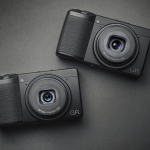Banding with LED lights and the Electronic Shutter in concert photography
As a concert photographer, I frequently encounter banding issues when shooting concerts with mirrorless cameras and LED stage lighting, especially in the Metal scene, where the lighting is not always the best. The pulsing coloured lights combined with electronic shutters can cause inconsistent exposures and dark banding in images. This is incredibly frustrating when trying to capture performances in already difficult lighting scenarios.
In this article, I’ll share the causes of banding and solutions I’ve learned for getting clean shots with mirrorless cameras and temperamental LED stage lights.
What is banding in photography?
Banding is a common issue that can occur when using mirrorless cameras with LED lighting and an electronic shutter. They are those stripes that appear in your images, mostly caused by the difference between the frequency of the LED lights and the electronic shutter’s reading speed. It can lead to very unpleasant photos or even totally ruined ones. But thankfully most of the popular mirrorless brands have solutions to that.
How to fix banding in concert photography?
Before diving into specifics, I want to highlight some general solutions, so if your camera or brand is not covered, it can help you identify how to fix it yourself:
- Use the Mechanical Shutter: Usually transitioning from the Silent or Electronic shutter is already a great step to solving the banding issues, if not solving it completely. It’s the most common approach photographers take for that. And don’t worry about the sound of the shutter too much, unless you’re on an acoustic concert, it probably won’t be an issue.
- Adjust the Shutter Speed: If the above solution doesn’t fix the issue or it’s not a possibility (as mentioned on acoustic concerts for example), another practical solution is to align the shutter speed with the frequency of LED lights. This can be a bit of a trial and error to find the right setting, but as a basic rule, US LED frequencies are 60hz and Europe is 50hz. This means that if your frequency is 50hz, you adjust your shutter in multiples of 50 (1/50, 1/100, 1/150)

Specific brand solutions to banding:
If any of the above solutions don’t work, some camera manufacturers have some specific settings that can help you get this fixed. Below I’m listing some of the most popular brands. I won’t dive into specific models, as there are too many to cover and they might differ a bit, but I hope this can provide an initial insight.
- Sony:
- Some Sony models like the A7 series, provide anti-flicker shooting modes (more details on Sony A7 Series Banding issues), a setting that can also help improve with banding and shooting handheld.
- Periodic firmware updates often encompass fixes for banding issues, making it prudent to keep the camera firmware current.
- Fuji:
- Flicker reduction settings in Fuji cameras can be a potent tool against banding.
- Similar to Sony, upgrading the firmware can help reduce banding in most Fuji cameras.
- Fuji also recommends turning on E-Shutter Distortion Correction mode.
- Nikon:
- Nikon Z series mirrorless cameras advise turning on the Flicker Reduction setting when shooting under LED lighting to reduce banding. Using the mechanical shutter, adjusting shutter speed, and proper exposure can also minimize the banding effect with LEDs.
- Panasonic:
- Some Panasonic models allow tweaking the electronic shutter’s readout speed, a potential antidote to banding.

Conclusion
In summary, LED lighting and electronic shutters can cause banding, but this can usually be avoided by making some specific adjustments for concert photography. Most frequently the solutions are using a mechanical shutter, adjusting the shutter speed to match the light frequency, and enabling anti-flicker modes when available on the camera.
Hopefully this article will help you fix this issue and get sharper and undistorted images of your favorite bands.



